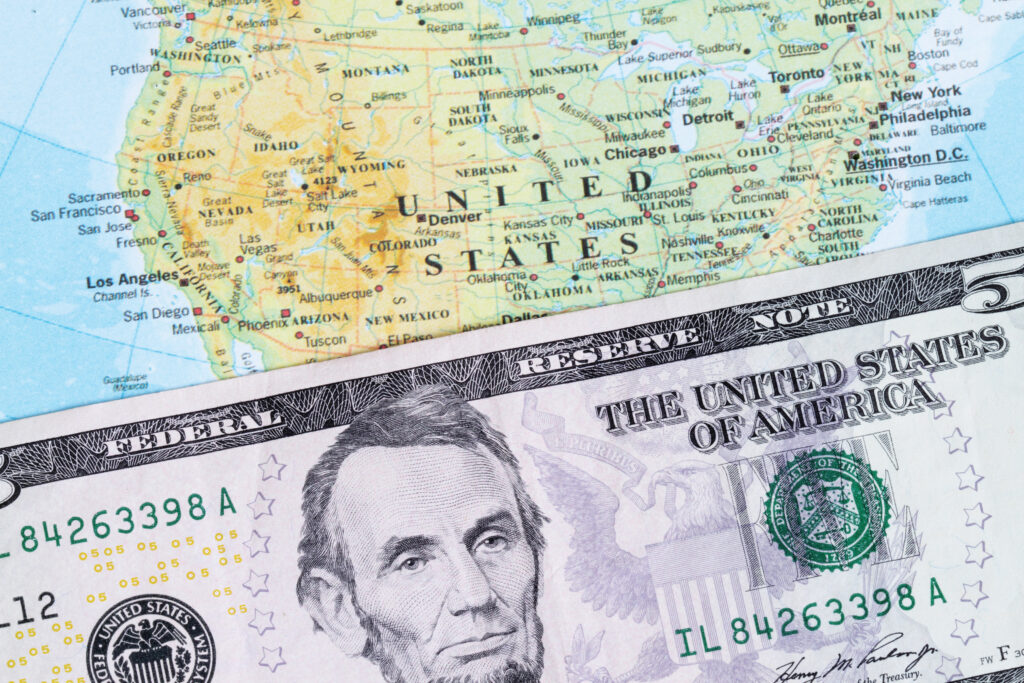During the Great Recession, the most ambitious state revenue-raising efforts closed just 10 percent of shortfalls and most states relied heavily on federal aid and budget cuts to balance their budgets. Of course, states can and should turn to progressive revenue-raising options now, but as the pandemic rages on, the extent of this crisis will become too significant for states and localities to handle on their own. The federal government should step in to help.
Republican senators announced their priorities for another round of COVID-19-related relief earlier this week with the release of the Health, Economic Assistance, Liability Protection and Schools (HEALS) Act—legislation that egregiously leaves out federal aid for state, local and tribal governments. We are six months into a pandemic that has killed more than 150,000 people in America, shuttered businesses and forced more than 30 million people out of work. Rather than focusing on the public health crisis and the people most directly impacted, GOP leaders instead opted to support corporate liability protections, a 100 percent tax write-off for business meal expenses, and very limited education funding mostly reserved for schools that open for in-person instruction.
Business closures, stay-at-home orders and spikes in unemployment combined with decreased consumer spending are causing state and local revenues to crumble. The last round of federal aid for states in the March CARES Act included $150 billion of federal aid for state, local and tribal governments. But the funding still was grossly insufficient given the scale of revenue loss and the growing expenses required to address COVID-19, including contract tracing, testing, procuring personal protective equipment (PPE), expanded health coverage through Medicaid, and more resources to support schools.
According to the Center on Budget and Policy Priorities, over the next two and a half years, states will experience a revenue shortfall of at least $550 billion. To put this in perspective, at the height of the Great Recession, states faced revenue losses of “just” $200 billion. Localities are estimated to lose another $300 billion. The latest forecasts in some states predict revenue declines this year of 25 percent, cratering general funds where a vast majority of spending goes to education and health care.
Reductions in critical areas like health and education would only exacerbate the economic crisis brought on by COVID-19. We’ve already seen the impact of spending cuts in a number of states. Georgia enacted 10 percent budget cuts, slashing nearly $1 billion from its investments into K-12 education. In Nevada, lawmakers approved drastic spending cuts of more than $500 million. The initial steep cuts in state spending to date are likely just the tip of the iceberg. Many states already had budgets in place or were savvy enough to enact temporary budgets for the start of this fiscal year, and even those states that pushed through spending reductions will be forced to revisit their budgets especially in the absence of federal aid. State and local governments have already shed 1.5 million jobs since February. And seventeen states have eliminated at least one in 10 public sector jobs.
Many state policymakers have been waiting for Congress to step up and act on their behalf. The House answered their call in May by including more than $1 trillion in aid for states, localities, tribal nations and territories in the HEROES Act—$1 trillion more than the Senate offered in its latest proposal.
The best thing for the economy—as witnessed across the globe—is to address the public health crisis first and fully. If Congress doesn’t focus on containing COVID-19 and providing meaningful fiscal relief to communities in doing so, state and local lawmakers won’t only be forced to close schools this fall, they’ll also need to slash their budgets overall, which will certainly mean more job losses, fewer resources to fight the virus, and weakened public institutions at exactly the moment when we need them most.





